In the world of transportation and logistics, the efficiency of trailers plays a pivotal role in the smooth operation of supply chains. Among various types, pneumatic trailers have emerged as transformative solutions, particularly for handling bulk materials. This article aims to delve deeper into the intricacies of pneumatic trailers, uncovering their operational mechanisms, benefits, applications, and more, to help industry stakeholders make well-informed decisions.
What is a Pneumatic Trailer?
A pneumatic trailer is a specialized type of trailer designed for the transportation of bulk materials using compressed air. These trailers are equipped with tanks that can either be pressure or vacuum-operated, facilitating the movement of dry bulk products such as cement, plastic pellets, sugar, and powders. Their ability to efficiently load, transport, and unload materials without the need for mechanical tools sets pneumatic trailers apart from traditional flatbed or box trailers.
| Type of Pneumatic Trailer | Operation Type | Common Applications |
|---|---|---|
| Pressure Pneumatic Trailers | Pressure Loading/Unloading | Transporting cement, sand, or other dense materials |
| Vacuum Pneumatic Trailers | Vacuum Loading/Unloading | Suction transport of fine powders or light materials |
The Mechanism of Pneumatic Trailers
Pneumatic trailers operate by utilizing air pressure or vacuum systems to move dry bulk materials. The operational cycle can be divided into three stages: loading, transportation, and unloading.
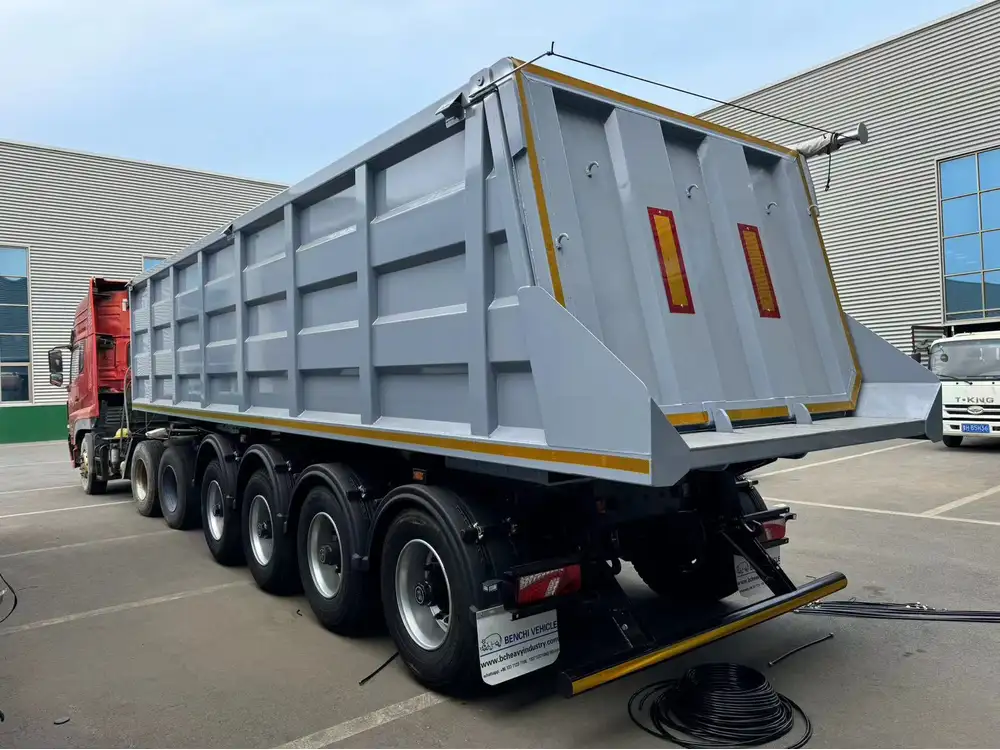
1. Loading Process
During loading, the material is transferred into the trailer’s tank. This is typically achieved through a series of hoses connected to the source of the cargo that either injects air to pressurize the tank (pressure trailers) or creates a vacuum that pulls the material into the tank (vacuum trailers).
2. Transportation Phase
Once loaded, the trailer functions as a sealed unit, allowing for safe transportation over long distances. The design minimizes spillage and contamination, addressing crucial concerns during bulk material conveyance which could be detrimental to both the product and the environment.
3. Unloading Mechanism
Unloading pneumatic trailers is a critical step in maximizing productivity. The operation often involves reversing the loading process. For pressure trailers, air pressure is again applied to push the material out. Conversely, vacuum trailers utilize suction to ensure complete discharge of the contents.
| Unloading Method | Procedure | Benefits |
|---|---|---|
| Pressure Unloading | Air pressure forces material out | Quick discharge, no residuals |
| Vacuum Unloading | Suction pulls the material out | Precise and efficient loading |
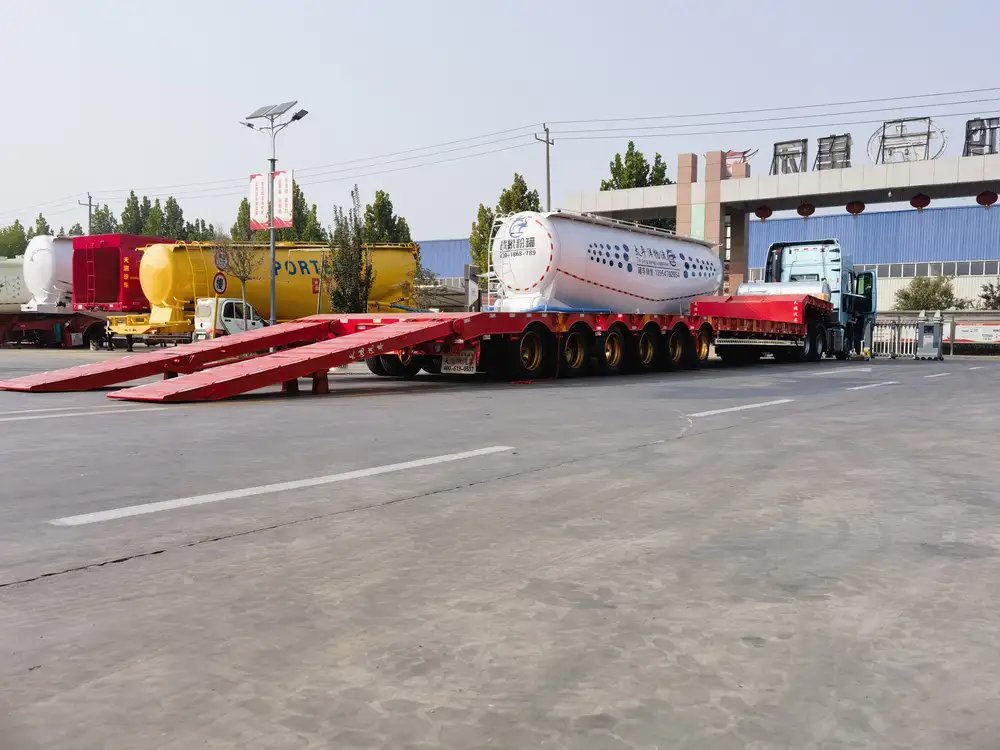
Advantages of Using Pneumatic Trailers
Understanding the benefits of pneumatic trailers is essential for businesses looking to optimize their logistics operations. Here are the key advantages:
Efficiency in Loading and Unloading
Time is money in logistics, and pneumatic trailers shine with their swift loading and unloading mechanisms. The design minimizes downtime, allowing operators to load or unload materials rapidly.
Reduced Contamination Risks
Pneumatic trailers are engineered to be sealed units, significantly lessening the likelihood of contamination during transport. This feature is particularly essential for industries dealing with food-grade or pharmaceutical products where safety standards are paramount.
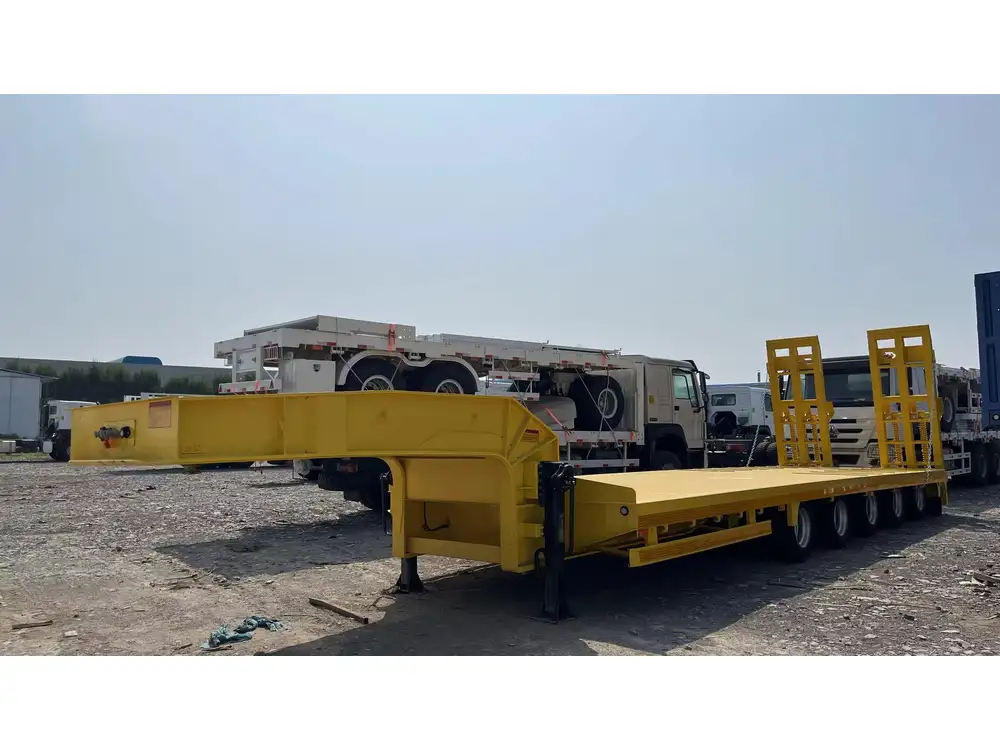
Versatility in Material Handling
These trailers possess the capability to transport a wide range of dry bulk materials. From fine powders to larger granules, the flexibility in applications makes pneumatic trailers suitable for diverse industries, including construction, agriculture, and food production.
Environmental Considerations
By minimizing spillage during transport, pneumatic trailers contribute positively to environmental sustainability. Their design helps ensure that materials remain contained, mitigating the risk of environmental disruption or clean-up costs associated with leaks.
Enhanced Safety Features
With built-in safety mechanisms for both loading and unloading processes, pneumatic trailers reduce the physical risks often associated with manual handling or traditional unloading methods. Safety valves, pressure gauges, and proper containment systems ensure that operations adhere to safety regulations.

Common Applications of Pneumatic Trailers
Pneumatic trailers are integral to numerous industries & sectors where bulk material handling is required. Here are some significant applications that illustrate their versatility:
1. Construction Industry
In construction, pneumatic trailers are primarily utilized for transporting materials such as cement, fly ash, and other powders essential for mixing concrete. The ability to load and unload swiftly creates efficiencies on job sites.
2. Agricultural Sector
Within agriculture, pneumatic trailers help transport bulk fertilizers and seeds. The sealed transportation not only ensures safe delivery but also preserves the quality of products.

3. Chemical Manufacturing
Chemicals often require stringent safety measures during transportation. Pneumatic trailers provide a reliable method of moving powdery substances like pigments, resins, or additives while minimizing handling risks.
4. Food Industry
For food-grade materials such as sugar or flour, pneumatic trailers offer manufacturers a compliant, contamination-free solution. Their design helps maintain product integrity throughout transportation.
5. Plastics and Polymers
The plastic industry frequently employs pneumatic trailers to transport materials like polymer pellets. The efficiency they offer translates to substantial cost savings and reduced lead times.
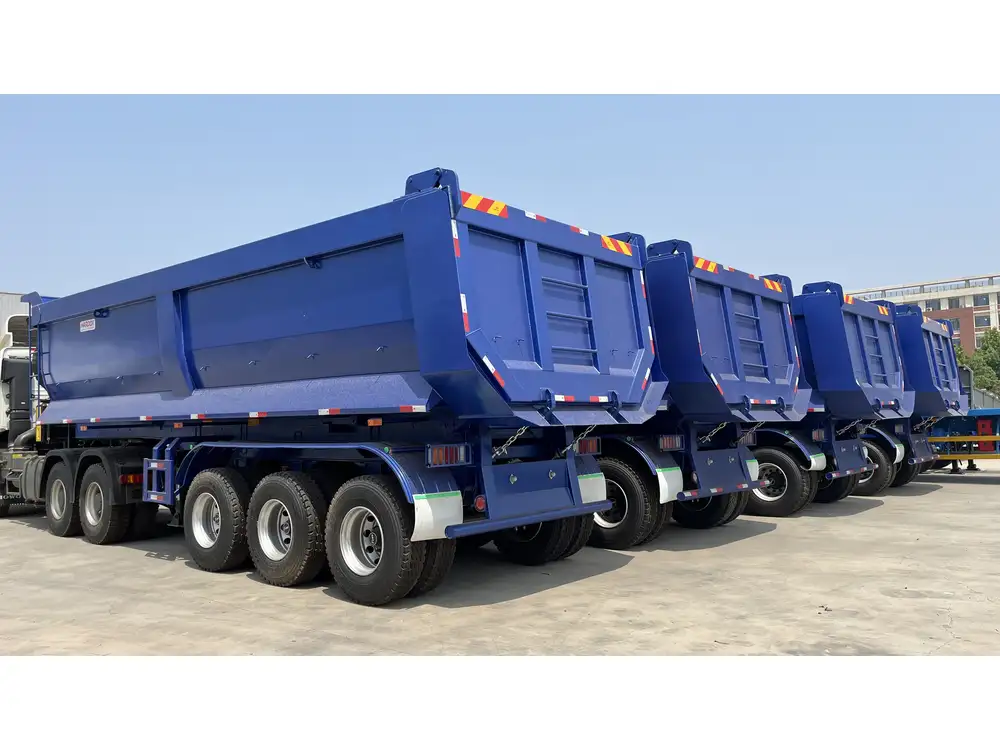
Key Considerations When Choosing a Pneumatic Trailer
When selecting a pneumatic trailer, a variety of factors should guide your decision-making process, ensuring that the chosen trailer best meets your loading and unloading needs as well as industry regulations.
Capacity Requirements
Evaluate the capacity that you require based on the volume and type of material to be transported. Trailers come in various sizes, with some capable of carrying upwards of 1,000 cubic feet of materials.
Material Compatibility
It’s crucial to choose a trailer that’s compatible with the specific types of bulk materials you intend to transport. For instance, food-grade requirements will necessitate a different standard than those for chemicals.

Efficiency and Speed
Consider the operational efficiency of the trailer. Focus on features that enhance loading and unloading times, which are especially critical in a fast-paced environment.
Regulatory Compliance
Ensure that the trailers and transportation methods comply with local and international regulations, particularly when transporting hazardous materials or food-grade products. Compliance not only aids in avoiding legal hassles but also ensures safety standards.
Maintenance and Support
Evaluate the manufacturer’s reputation regarding post-sale support and maintenance services. Reliable manufacturers will provide assistance throughout the operational lifecycle of the trailer.
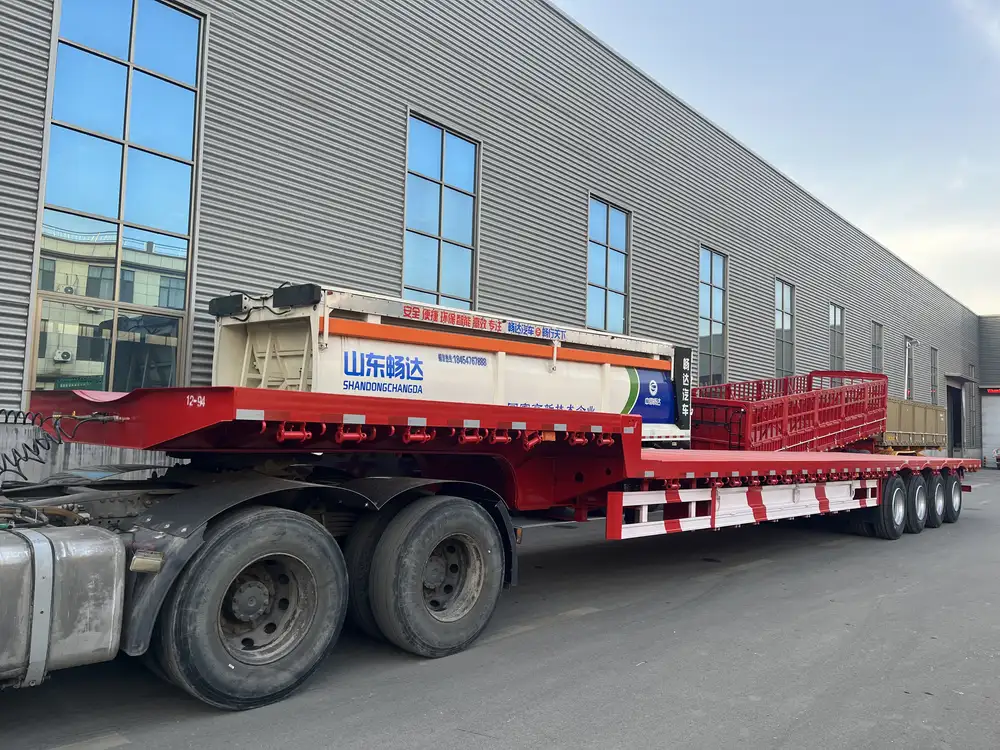
Maintenance of Pneumatic Trailers
Ensure longevity and optimal performance with routine maintenance of pneumatic trailers. This includes regular checks and maintenance of the following components:
| Component | Maintenance Action | Frequency |
|---|---|---|
| Air Compressor | Inspect for leaks and functionality | Monthly |
| Valves and Hoses | Check for wear, corrosion, and secure fittings | Quarterly |
| Tank | Inspect for cracks, pressure checks, and cleanliness | Bi-annually or as required |
| Tires | Regular pressure checks and tread condition | Monthly |
Regular maintenance not only extends the lifespan of your trailer but can also prevent costly downtime, ensuring your logistics operations remain uninterrupted.
Preparing Your Fleet for Future Demands
As industries become increasingly competitive and regulatory landscapes evolve, the demand for innovative transportation solutions will continue to rise. Investing in pneumatic trailers offers businesses a significant advantage, driven by their efficiency, adaptability, and robust design, ensuring that they remain at the forefront of logistics capabilities.
- Adopt Intelligent Fleet Management: Incorporating technology to manage your fleet can yield valuable insights into operational performance.
- Regular Training Programs: Staff training on the proper handling of pneumatic trailers and materials can greatly enhance safety and operational efficiency.
- Sustainability Practices: Consider integrating energy-efficient practices in your logistics operations to appeal to a growing environmentally-conscious consumer base.
Conclusion
In summary, pneumatic trailers are invaluable assets in the transportation and logistics sector, facilitating the efficient transport of numerous bulk materials while maintaining safety and compliance standards. Their operational versatility, coupled with unique design features, positions them as a leading choice for businesses aiming to streamline their supply chains. As you evaluate your own requirements, understanding the mechanics, advantages, and applications of pneumatic trailers will empower you to make informed decisions that enhance efficiency and productivity within your operations. Engage with reputable manufacturers to explore how the right pneumatic trailer can optimize your logistics and transportation systems today.
With rising market demands, now is the opportune moment to harness the potential of pneumatic trailers and stay ahead of the competition. Transform your operations and streamline your logistics by investing in this robust technology that offers a practical solution tailored to your unique material handling needs.



